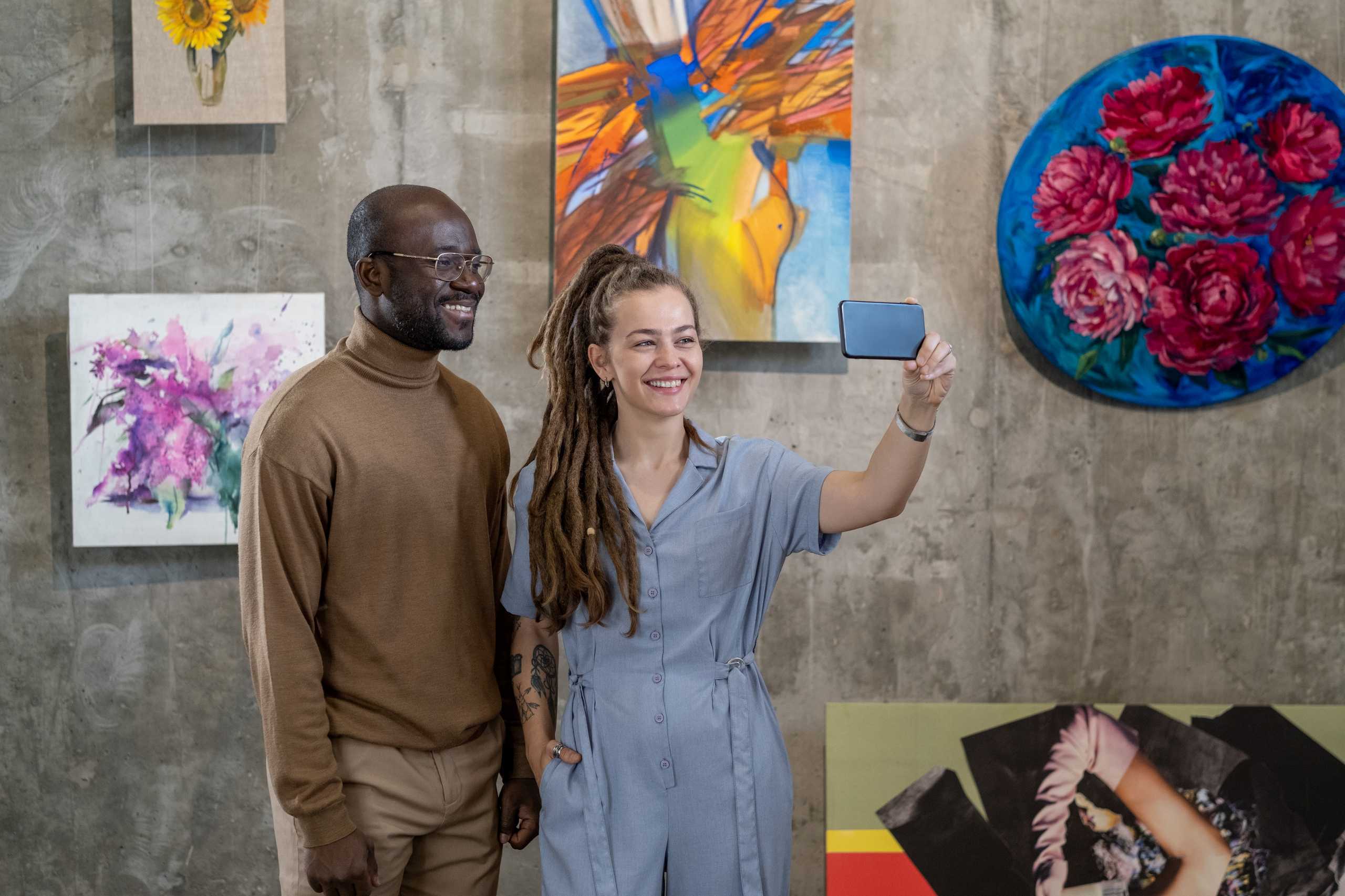Seeing Through Time: How Art History Shapes the Way We Look at the World
Art history is not just a study of styles and schools.
It’s a way of understanding how humanity has seen itself — and the world — across centuries. When we study art, we don’t just learn about brushwork or marble — we learn about identity, power, beauty, and change.
Let’s dive into how exploring the history of art transforms not only how we look at a painting… but how we look at life itself.
1. Art as a Mirror of Society
Every age leaves its imprint in the images it creates.
The serene gods of classical sculpture, the chaos of Baroque ceilings, the raw emotion of post-war expressionism — each speaks volumes about the values, fears, and questions of its time.
When you study these shifts, you begin to understand how deeply art is tied to politics, religion, gender, and technology.
Art doesn’t exist in isolation — it reacts, it responds, and sometimes, it rebels.
Looking at Caravaggio’s stark contrasts isn’t just about light and shadow.
It’s about moral tension, inner struggle, and the deep drama of the human soul.
2. Training the Eye — and the Mind
One of the greatest gifts of studying art history is learning how to see.
Not just to look — but to observe.
You start noticing details: how color affects emotion, how a gesture reveals intention, how space and silence speak as loudly as words.
This visual literacy isn’t only for museums.
It sharpens how you view everything — from film to architecture to social media. You begin to see patterns, layers, and meanings that others might miss.
3. Art History Is for Everyone
You don’t need a PhD to appreciate the brilliance of a Rembrandt portrait or a Yayoi Kusama installation.
What you need is curiosity — and someone to guide you through the maze of centuries, movements, and artists.
That’s what we aim to do at Art History Now:
To make the story of art feel alive, personal, and relevant.
You don’t just memorize — you experience, feel, reflect.
4. Time Travel Without Leaving Your Room
Want to walk the streets of ancient Pompeii?
Stand beneath the Sistine Chapel?
Wander through Bauhaus-era Berlin?
You can — through images, storytelling, and expert insight.
Art history is a time machine that lets you live a thousand lives, one masterpiece at a time.
Final Thought
To study art history is to gain a richer, fuller vision of the world.
Not just of what has been — but of what can be.
Through paint, stone, and imagination, we understand more about others, and maybe even more about ourselves.

